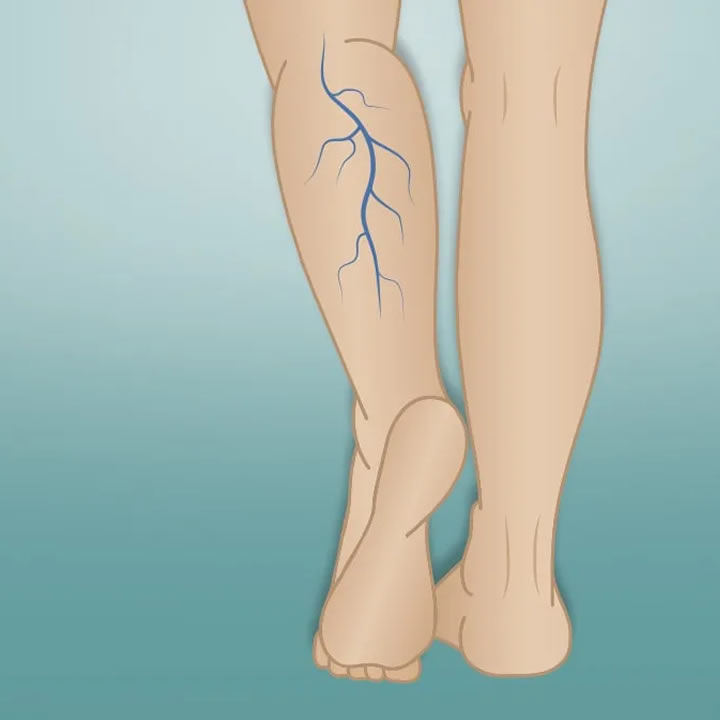Do achy varicose veins keep you from getting in your daily workout? If so, there are certain low-impact exercises you can try that will work with your painful veins — not against them — and help you can keep your healthy habits on track. Varicose veins are enlarged veins often caused by weakened or damaged valves that allow blood to flow in the wrong direction. Standing for long periods of time, living a sedentary lifestyle, being overweight and having a genetic predisposition increase your chances for developing varicose veins.
Working out can be enjoyable and effective, even if you’re limited to low-impact cardiovascular and resistance activities. Regular exercise can help prevent the development or alleviate the symptoms of varicose veins by improving circulation in your limbs and strengthening your muscles. Consider adding some of these body weight training and cardiovascular exercises to your workout regimen for best results:
Bodyweight squats — Performing squats can help build leg muscles and strengthen your blood vessels. To perform a proper squat, begin with legs shoulder-width apart. Lower your body and move your hips back as if you’re going to sit on a chair. Keep your head facing forward, your back straight and you knees lined up with your big toe. Once you get to a seated position, slowly move upward until you’re standing again. Aim to complete three sets of 10 to 20 repetitions at least three times per week.
Walking — Going for a walk is one of the best exercises for people with varicose veins because it’s a very low-impact workout. A brisk stroll for about 30 minutes a day, five days a week, promotes healthy veins and blood pressure. Aside from these significant health benefits, walking also:
- Strengthens bones
- Elevates mood
- Improves sleep
- Increases brain sharpness
- Boosts immunity
Bicycling — Riding a traditional or stationary bike is another great low-impact exercise that offers similar benefits to walking. It promotes healthy blood flow while protecting your joints and strengthening your calf muscles. Don’t have a bicycle or elliptical? Try leg extensions, which don’t require any special equipment. To perform this exercise, lay on your back and kick your legs out one at a time as if you’re riding a bike. Try to hold each leg in the air for a few seconds before alternating.
Yoga/Pilates — Several yoga poses involve elevating your legs, which helps blood circulate back to your heart and relieves pressure on your veins. Stretching can also ease soreness and swelling in your legs. Try the Legs Up the Wall pose — a restorative yoga posture that facilitates venous drainage, increases circulation, soothes cramped legs and reduces pain in the lower extremities.
Calf flexors — This calf-strengthening exercise can tone up your legs and prevent muscle spasms. Stand straight with your legs parallel and feet flat on the floor. Slowly rise up on your tiptoes and then lower yourself back down. You can hold onto a chair for support and stability, if needed. Repeat 10 to 15 times for two repetitions.
Before starting any workout regimen, consult with your vascular specialist to ensure you won’t cause additional damage to your veins. For more exercises that can help mitigate the painful symptoms of varicose veins, see the accompanying guide.
Author bio: Dr. John Golan is Lead Vascular Surgeon at North Shore Vascular, a vascular surgery specialty practice in Northfield, Illinois. Dr. Golan has 30 years of experience treating veins and arteries, and became the first physician in the Chicago area to provide laser treatment for varicose veins (EVLT). He is responsible for leading diagnosis and providing the best treatment for patients.

Linked URL:
https://northshorevascular.com/

